When it comes to choosing a good shaving blade, most people want one that stays sharp, gives a smooth shave, and lasts a long time. But one of the most important features that many overlook is rust resistance. No one wants a rusty blade near their face or skin. That’s where stainless shaving blades come in.
In this blog, we’ll explore what makes stainless shaving blades rust-resistant, how they are made, why that matters, and how you can take care of them to make them last even longer.
What Is Rust and Why Does It Happen?
Before we understand how stainless blades fight rust, it helps to know what rust really is.
Rust Is a Type of Corrosion
Rust forms when iron reacts with oxygen and water. You’ve probably seen it — that reddish-brown flaky stuff on old metal. It’s not just ugly, but it can make the metal weak and unsafe to use.
Water and Moisture Are the Main Cause
Most bathrooms have a lot of humidity and water. This makes it easy for blades to rust, especially if they are not dried or stored properly. If a blade is left wet or stored in a damp place, rust can form quickly.
What Makes Stainless Steel Different From Normal Steel?
Stainless steel is not just regular steel. It’s special because it has extra ingredients added to make it stronger and rust-resistant.
Chromium: The Secret Ingredient
The main thing that makes stainless steel rust-resistant is chromium. When at least 10.5% chromium is added to steel, it forms a layer on the surface called a passive layer. This layer is invisible and protects the blade from moisture and air. It keeps rust from forming on the metal.
Other Helpful Elements
In addition to chromium, stainless steel may also include:
- Nickel – Adds shine and makes the blade more stable.
- Molybdenum – Helps resist rust in saltwater or high-humidity environments.
- Carbon – Makes the blade harder and stronger.
All these elements work together to make the steel not only rust-resistant but also strong and durable.
How Stainless Shaving Blades Are Made to Resist Rust
Let’s look at how stainless shaving blades are manufactured to resist rust.
Step 1: High-Quality Stainless Steel Is Selected
The process begins with selecting high-quality stainless steel sheets that already have rust-resistant properties. These sheets are checked to ensure they contain the right amount of chromium and other elements.
Step 2: Precision Cutting and Shaping
The sheets are cut into the shape of blades using sharp machines. This process is done carefully to make sure the edges are fine and ready for sharpening.

Step 3: Heat Treatment for Strength
The blades are heated to high temperatures and then cooled. This process, called tempering, makes the blade harder and helps it hold a sharp edge for longer.
Step 4: Coating for Extra Protection
Some stainless blades are coated with materials like platinum, chromium, or PTFE (non-stick material). These coatings give the blade an extra shield against rust, reduce friction during shaving, and make the blade last longer.
Why Rust Resistance Matters in a Shaving Blade
You might wonder, “Why does it matter if a shaving blade rusts a little?” Actually, it matters a lot—for your safety, skin health, and the life of the blade.
Rust Can Hurt Your Skin
Rusty blades are rough and uneven. They can cause small cuts, skin irritation, or even infections. Shaving with a rusty blade is unsafe, especially on sensitive areas like your face or neck.
Rust Dulls the Blade
Rust eats into the sharp edge of the blade. A rusty blade won’t shave smoothly and can tug at your hair, causing pain and discomfort.
Shortens the Blade’s Life
Once rust starts, it spreads. A blade that could have lasted weeks may need to be thrown away after a few days if rust appears.
Benefits of Using Rust-Resistant Stainless Blades
Now that you know how rust affects blades, let’s look at the key benefits of using stainless steel shaving blades.
1. Long-Lasting Performance
Stainless blades last longer because they don’t rust easily. This means you won’t have to replace them as often, saving money in the long run.
2. Cleaner and Safer Shaves
Rust-resistant blades stay smooth and sharp. This gives you a clean shave with less chance of skin cuts or irritation.
3. Great for Humid Climates
If you live in a place with high humidity, like coastal cities or tropical areas, stainless blades are the best choice. They don’t rust even when exposed to moisture daily.
4. Easy to Clean and Maintain
Stainless blades are easier to clean. Just rinse, dry, and store them properly, and they’ll stay in good condition for a long time.
How to Keep Your Stainless Shaving Blade Rust-Free
Even though stainless blades resist rust, they still need some care to keep them in top condition.
1. Always Dry Your Blade After Use
Don’t leave your blade wet after shaving. Use a clean towel or tissue to gently dry the blade and razor handle. This prevents water from sitting on the blade and causing rust over time.
2. Store in a Dry Place
Avoid keeping your razor in the shower or near the sink. Bathrooms are usually moist. Instead, store your razor in a dry cabinet or drawer.
3. Use a Blade Cover or Stand
Using a blade cover or razor stand keeps your blade safe and away from water. It also keeps the blade from getting damaged or scratched.
4. Rinse With Alcohol Occasionally
Every now and then, rinse your blade with rubbing alcohol. Alcohol helps remove moisture and kills any germs on the blade. This is a simple but effective way to keep the blade rust-free.
Are All Stainless Shaving Blades the Same?
Not all stainless blades are made the same. The quality depends on the type of stainless steel, the manufacturing process, and any additional coatings used.
Low-Grade vs High-Grade Stainless Steel
Some low-quality blades use cheap stainless steel that may not resist rust well. Always look for trusted brands that use high-grade stainless steel. Read the packaging or product details carefully.
Check for Coatings and Blade Design
Blades with extra coatings (like platinum or chromium) usually offer better rust protection and a smoother shave. Also, check how sharp and thin the blade is. A well-designed blade gives a better overall experience.
How Do Stainless Shaving Blades Compare to Other Blades?
You might wonder how stainless blades compare to carbon steel blades or disposable plastic razors. Let’s see how they match up.
Stainless Steel vs Carbon Steel Blades
- Carbon steel blades are sharper but rust more easily.
- Stainless steel blades may be slightly less sharp, but they last longer and resist rust.
If you want a low-maintenance blade that stays clean, stainless steel is the better choice.
Stainless Blades vs Disposable Razors
- Disposable razors are often made of plastic and mixed materials, which can rust quickly and are hard to recycle.
- Stainless blades can be used with metal razors and are recyclable, making them more eco-friendly and longer-lasting.
Final Thoughts: Why Choose Rust-Resistant Stainless Shaving Blades?
To sum it all up, stainless shaving blades are a smart choice because they:
- Resist rust due to chromium and other helpful materials
- Offer a cleaner, safer, and smoother shave
- Last longer, saving you money and reducing waste
- Are easy to maintain with basic care
If you’re looking for a reliable shaving solution that’s gentle on your skin and tough against rust, stainless shaving blades are the way to go. With proper care, they can give you weeks of smooth shaving without the worries of rust or irritation.
For more insightful articles related to this topic, feel free to visit techners

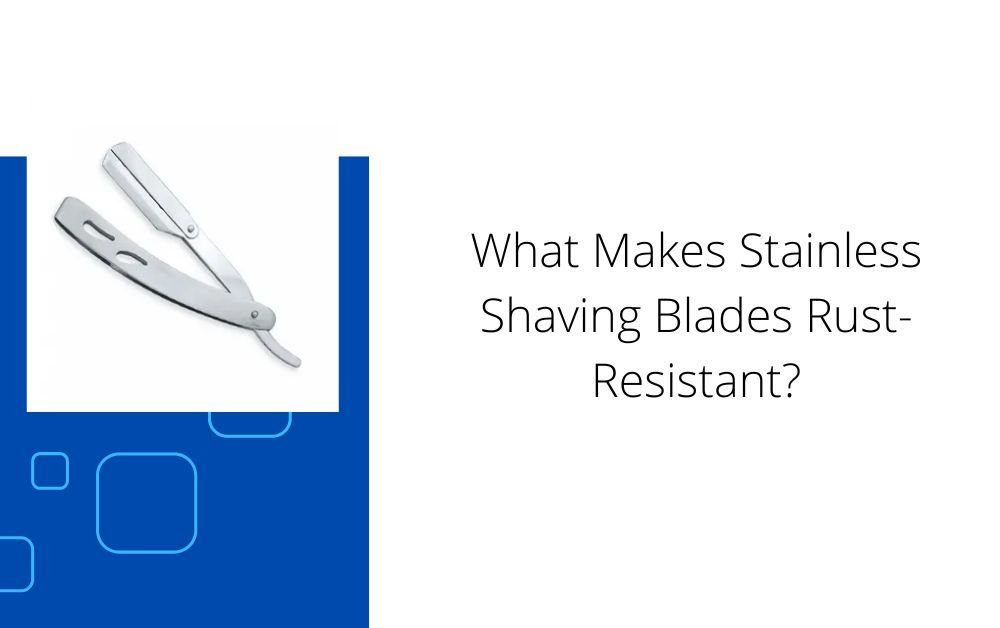
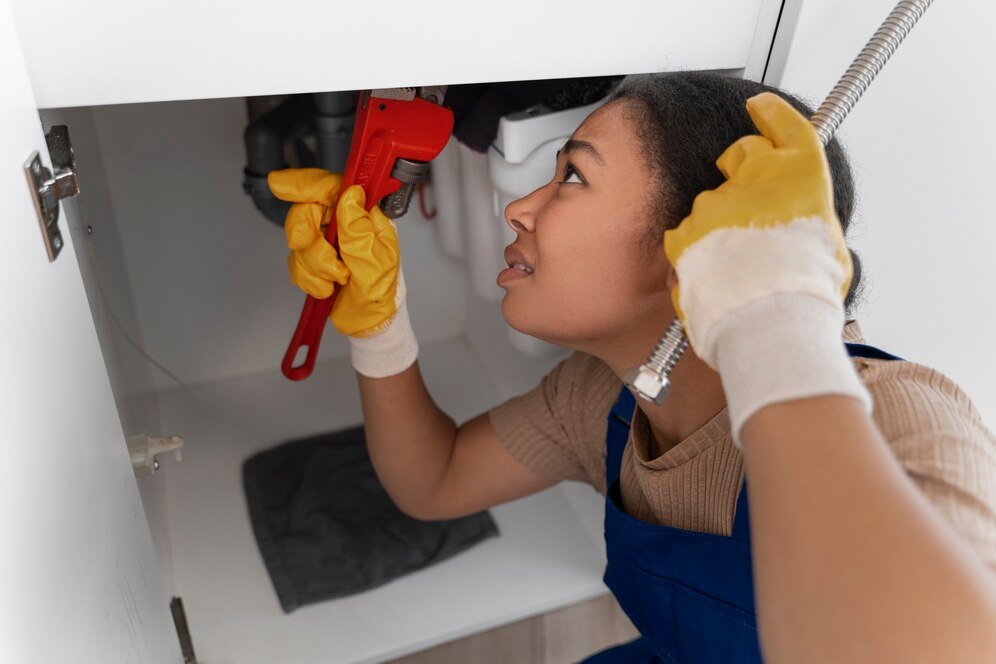


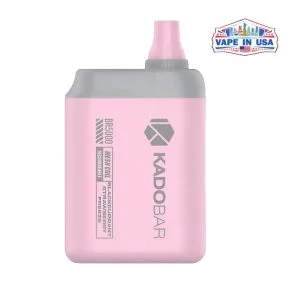



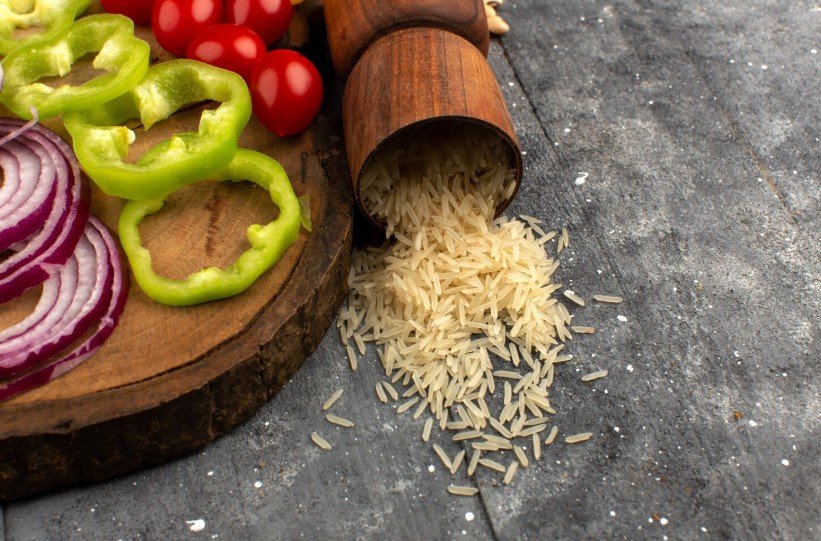
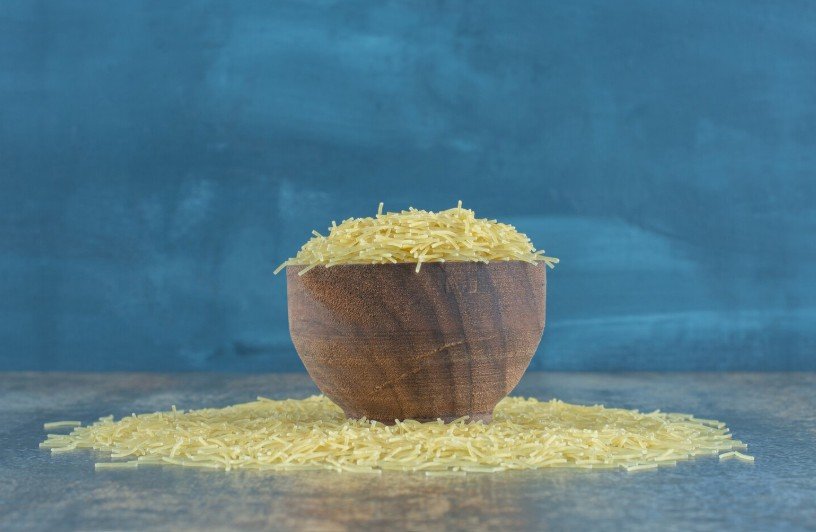
Leave a Reply